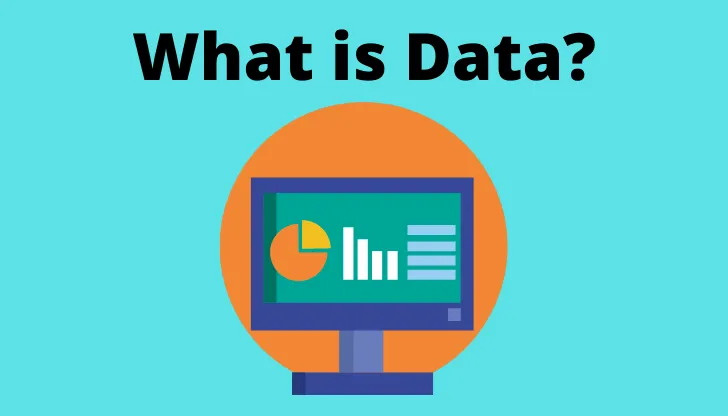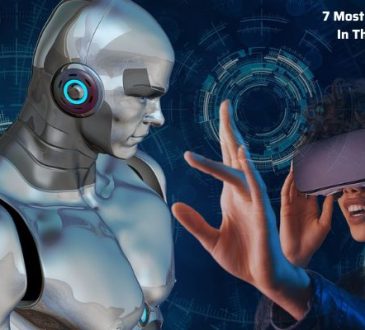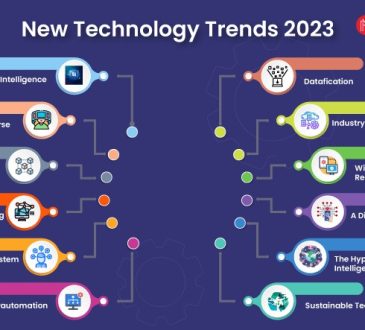What Is Data In Computer? More Useful Informations You Need To Know
What Is Data In Computer? Data processed or saved by a computer is referred to as computer data. This data could take the shape of text files, pictures, audio files, computer programs, or other kinds of data. Computer data is kept in files and directories on the computer’s hard drive and may be processed by the computer’s CPU.
Computer data is really just a collection of ones and zeros, or binary data, at its most basic level. All computer data can be created, processed, saved, and stored digitally because it is all in binary format. This makes it possible for data to be moved between computers through a network or utilizing different media. Additionally, it does not lose quality or depreciate over time when used repeatedly. To learn more about What Is Data In Computer, continue to read!
What Is Data In Computer?
Data is information that has been transformed into a format that is useful for transfer or processing in computing. Data is information that has been transformed into binary digital form for use with modern computers and communication mediums. The topic of data may be used in either the singular or the plural. Data in its most basic digital form is referred to as “raw data.”
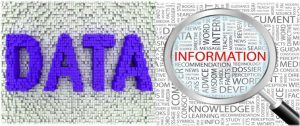
Claude Shannon, an American mathematician regarded as the pioneer of information theory, contributed to the development of the concept of data in the context of computing. He introduced binary digital notions based on the use of electronic circuits and two-value Boolean logic. The CPUs, semiconductor memory, disk drives, and many other peripheral devices used in modern computing are all based on binary digit representations. Punch cards were the primary data and control input for early computers, followed by magnetic tape and hard disks.
The prevalence of the terms “data processing” and “electronic data processing,” which, for a while, came to encompass the complete range of What Is Data In Computer, made clear early on the importance of data in business computers. Along with the expansion of corporate data processing, specialization has taken place throughout the history of corporate computers and a unique data profession has formed.
The main features of Date in Computer
The next part of What Is Data In Computer is the data’s function. Information is made from data with the aid of metadata. Data regarding the data is known as metadata. Metadata might be stated explicitly, implied, or provided.
A temporal component will always be included in data pertaining to physical occurrences or processes. This temporal element might be assumed. This is true whenever data from a temperature sensor is received by a device like a temperature logger. It is assumed that the temperature data has a temporal reference of right now when it is received. Therefore, the device simultaneously captures the date, time, and temperature. The date and time must be included as information for each temperature reading when the data logger transmits temperatures.
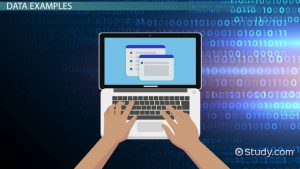
Computers basically obey a set of instructions that are provided to them in the form of data. A program is a set of instructions used to carry out a certain task (or tasks). Data in the form of coded instructions to manage the operation of a computer or other equipment is referred to as a program. In the nominal situation, machine code will make up the program as it is run by the computer.
Data also includes the storage components that the program modifies but that the central processing unit (CPU) does not actually execute. A single datum is essentially a value that is kept in a particular place. As a result, by modifying their programmed data, computer programs can control other computer programs.
It requires serializing data bytes in a file format in order to store them in a file. In contrast, to file types used for regular data, programs are typically saved in specialized file formats. Programs are contained in executable files; all other files are data files. Executable files may also include program-specific data, though this is less common. Particularly, some executable files contain a data segment that is ostensibly composed of constants and the initial values of variables, both of which might be regarded as data.
The distinction between data and program can become hazy. For instance, an interpreter is a type of program. An interpreter’s input data is indeed a program, even though it isn’t written in machine language. In many circumstances, the interpreted program will be a text file that can be edited with a text editor application and is human-readable.
Similar to data manipulation, metaprogramming entails programs manipulating other programs as data. Other programs are used as the data by programs like compilers, linkers, debuggers, program updates, virus scanners, and similar tools.
Types of Data in Computer
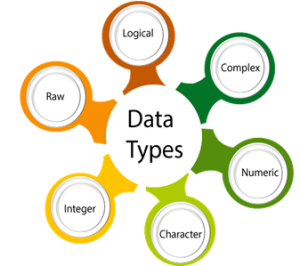
After knowing What Is Data In Computer its main feature, we move to its type. Over the past ten years, the development of the web and smartphones has resulted in an explosion of new digital data. Data now includes log and online activity records, as well as text, audio, and video information. There is a lot of unstructured data there.
Big data has been used to refer to data that is at least one petabyte in size. Big data can be summed up with the three Vs: volume, variety, and velocity. Big data-driven business models have developed as web-based e-commerce has grown, treating data as an asset in and of itself. These advancements have also sparked a growing interest in data privacy and social uses of data.
Beyond its usage in computing apps focused on data processing, data has additional value. For instance, the term “data” is frequently distinguished from “control information,” “control bits,” and related phrases to define the primary content of a transmission unit in electronic component interconnection and network communication. Furthermore, a compiled set of information is referred to as data in science. The same holds true for industries including banking, marketing, demographics, and health.


